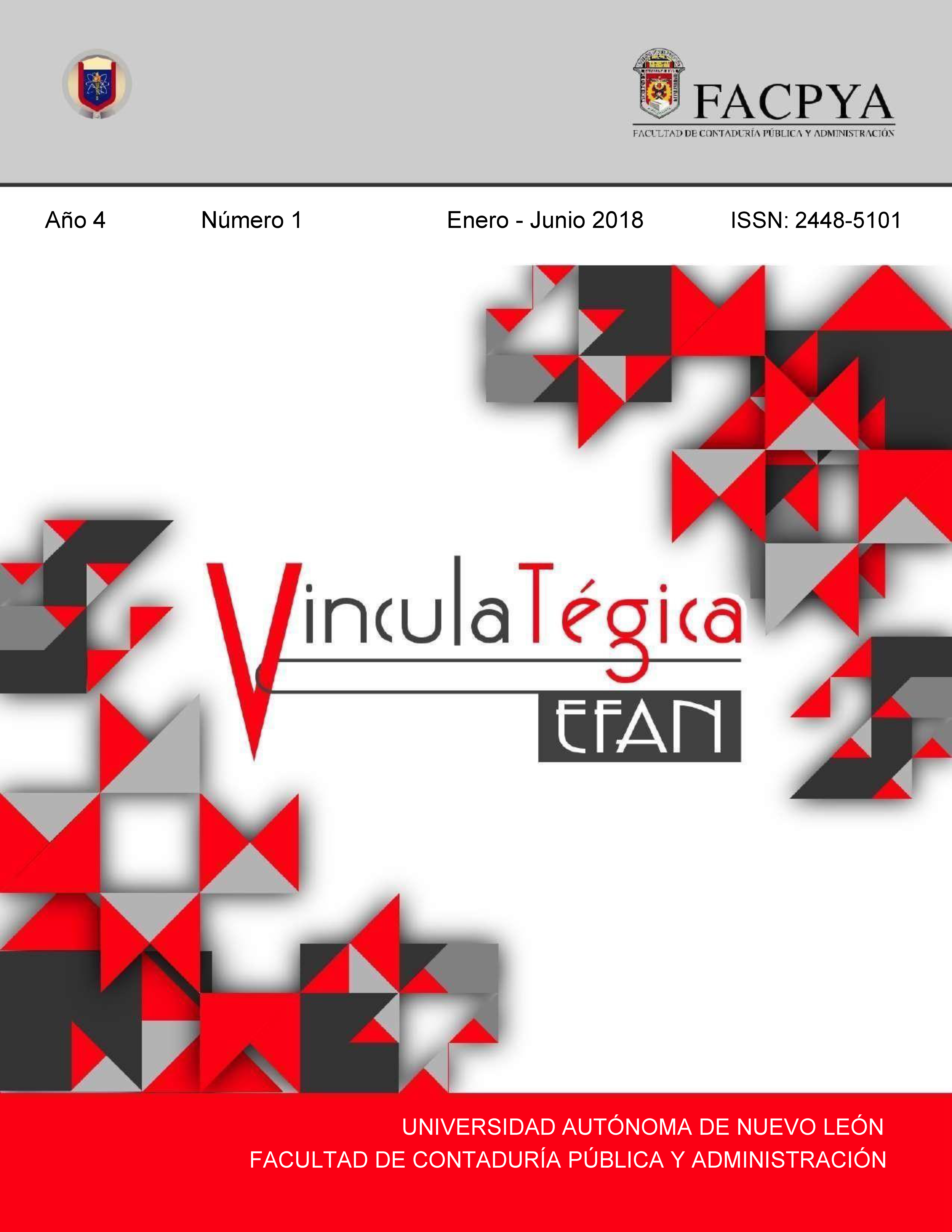Análisis de los incentivos para la producción del nopal en Teotihuacán
DOI:
https://doi.org/10.29105/vtga4.1-779Keywords:
incentivos, apoyos gubernamentales, nopal y productoresAbstract
The region of Valle de Teotihuacan is characterized by having a large area of land dedicated to the cultivation of cactus, unfortunately the producers and marketers do not exploit the resource as the lack of economic resources for equipment and equipment, however, there are government programs and supports for agricultural projects, as well as various tax benefits offered by the Ministry of Finance and Public Credit for the sector, but due to the lack of timely advice and knowledge of farmers about their existence, they are not used. The present study was carried out under a methodology of exploratory scope and a field investigation in which the current conditions of the nopal products of vegetables, tuna and xoconostle of the region of the Teotihuacán Valley in the productive, commercial and labor sector are visualized, to be able to identify the circumstances and ways in which they work, with the results obtained for the economic development of the region
Downloads
References
Domínguez, I. et al. (2017). Viabilidad económica y financiera de nopal tuna (Opuntia ficus-indica) en Nopaltepec, Estado de México. Revista Mexicana de Ciencias Agrícolas. México. Recuperado de: http://www.redalyc.org/articulo. oa?id=263153306011.
García, S. (2017). Las empresas agropecuarias y la administración financiera. Revista Mexicana de Agronegocios. México. Recuperado de: http://www.redalyc.org/articulo. oa?id=14152127007.
Márquez, S., et al. (2012). El sistema productivo del nopal tunero en Axapusco, Estado de México. Problemática y alternativas. En Revista Chapingo Serie Horticultura. México: Chapingo.
Ramírez, O., et al. (2015). Análisis de rentabilidad de la tuna en los municipios de Nopaltepec y Axapusco, Estado de México. Revista Mexicana de Agronegocios. México. Recuperado de: http://www.redalyc.org/articulo.oa?id=1413 2408006.
SHCP. (2017). Diario Oficial de la Federación 29 de Diciembre. México: DOF.
Terán, Y., et al. (2015). Análisis de las características físicoquímicas del fruto de Opuntia ficus-indica (L.) Miller, cosechados en Lara, Venezuela. Revista Iberoamericana de Tecnología Postcosecha. México. Recuperado de: http:// www.redalyc.org/articulo.oa?id=81339864010.
Elizalde, E. (2012). Macroeconomía. México: Red Tercer Milenio S.C.
Hernández, Fernández y Baptista (2010). Metodología de la inves- tigación, 5ª edición. Mc Graw Hill: México.
Sandoval, et al. (2017). Alternativas de comercialización de la pro- ducción del nopal en el Valle de Teotihuacán. En libro electrónico Compilación mexicana de estudios empresa- riales. México: Universidad Tecnológica de Tula-Tepeji.
Guajardo, R. (2012). El valor del sector agropecuario en México. Recuperado de: http://www.uanl.mx/noticias/investiga cion/el-valor-del-sector-agropecuario-en-mexico.html
Saravia Tasayco, P. L. (2016). www.contactopyme.gob.mx. Recuperado de: www.contactopyme.gob.mx/estudios/docs/ nopal_mexico.PDF mexico.html.www.sedrago.edomex.gob.mx www.gob.mx/sagarpa www.sat.gob.mx
Downloads
Published
How to Cite
Issue
Section
License

This work is licensed under a Creative Commons Attribution 4.0 International License.
a). Authors keep copyright and give the journal the right of the first publication of the work under a Creative Commons attribution license. This license allows others to share the work as long as original authorship and initial publication in this journal is acknowledged.
b). Authors may make other independent and additional contractual agreements for the non-exclusive distribution of the version of the article published in this journal (e.g., include it in an institutional repository or publish it in a book) as long as they clearly indicate that the work was published for the first time in this journal.







